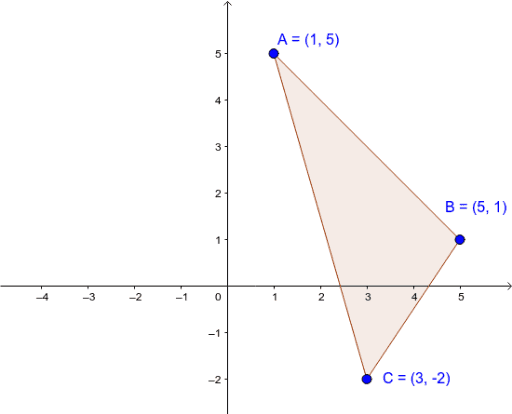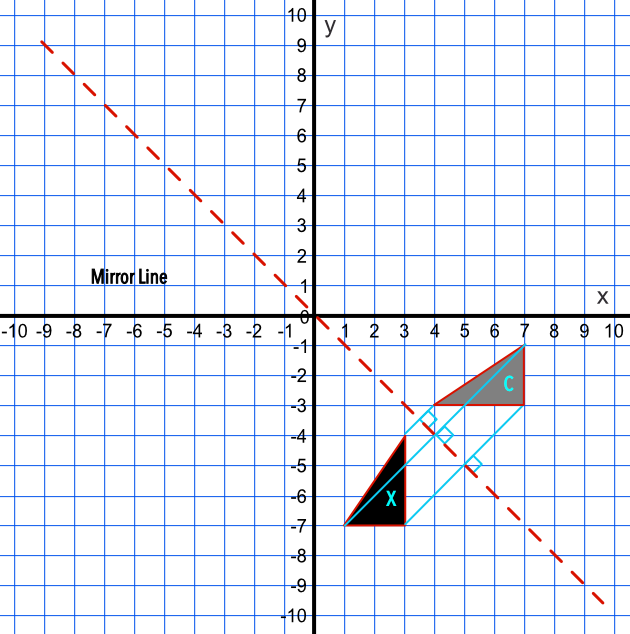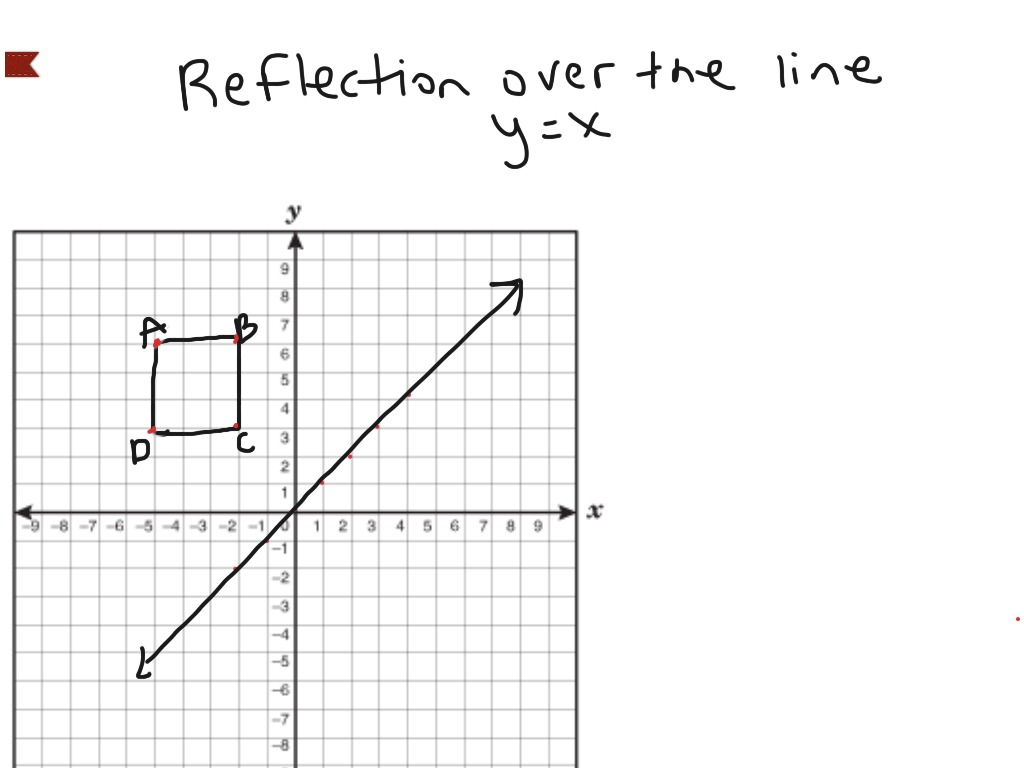

In general, a group generated by reflections in affine hyperplanes is known as a reflection group. Similarly the Euclidean group, which consists of all isometries of Euclidean space, is generated by reflections in affine hyperplanes. Thus reflections generate the orthogonal group, and this result is known as the Cartan–Dieudonné theorem. Sometimes we just want to write down the translation, without showing it on a graph. Every rotation is the result of reflecting in an even number of reflections in hyperplanes through the origin, and every improper rotation is the result of reflecting in an odd number. The product of two such matrices is a special orthogonal matrix that represents a rotation. The matrix for a reflection is orthogonal with determinant −1 and eigenvalues −1, 1, 1. Construction Ī reflection across an axis followed by a reflection in a second axis not parallel to the first one results in a total motion that is a rotation around the point of intersection of the axes, by an angle twice the angle between the axes.

Some mathematicians use " flip" as a synonym for "reflection". Typically, however, unqualified use of the term "reflection" means reflection in a hyperplane. Other examples include reflections in a line in three-dimensional space. In a Euclidean vector space, the reflection in the point situated at the origin is the same as vector negation. This operation is also known as a central inversion ( Coxeter 1969, §7.2), and exhibits Euclidean space as a symmetric space. Reflection in line YX In this section, the line of reflection is the YX, which means that a line is formed on all the coordinates where y is equal to x, such as (-3, -3), (0, 0). x-coordinate will have the same sign, but the sign of the y-coordinate changes. For instance a reflection through a point is an involutive isometry with just one fixed point the image of the letter p under it When we reflect a point across the x-axis, the y-coordinate is transformed and the x-coordinate remains the same. Such isometries have a set of fixed points (the "mirror") that is an affine subspace, but is possibly smaller than a hyperplane. The term reflection is sometimes used for a larger class of mappings from a Euclidean space to itself, namely the non-identity isometries that are involutions. A reflection is an involution: when applied twice in succession, every point returns to its original location, and every geometrical object is restored to its original state.

Its image by reflection in a horizontal axis would look like b. For example the mirror image of the small Latin letter p for a reflection with respect to a vertical axis would look like q. The image of a figure by a reflection is its mirror image in the axis or plane of reflection. For example, when point P with coordinates (5,4) is reflecting across the X axis and mapped onto point P’, the coordinates of P’ are (5,-4). In mathematics, a reflection (also spelled reflexion) is a mapping from a Euclidean space to itself that is an isometry with a hyperplane as a set of fixed points this set is called the axis (in dimension 2) or plane (in dimension 3) of reflection. The rule for reflecting over the X axis is to negate the value of the y-coordinate of each point, but leave the x-value the same. Of course this is overkill if you just want to know the image of one point, but I believe the method well illustrates the power of complex numbers.A reflection through an axis (from the red object to the green one) followed by a reflection (green to blue) across a second axis parallel to the first one results in a total motion that is a translation - by an amount equal to twice the distance between the two axes. In section B, learners will carry out twelve reflections of various objects in either the x or y-axis. Students will then state whether each diagram represents a reflection in the x-axis or the y-axis. Section A asks students to consider twelve axes with an object and its reflected image. In the present case $m=1/2$ and $q=1/2$, so, just by substituting, This worksheet on reflection is split into two sections.
#GEOMETRY X Y TO Y X REFLECTION HOW TO#
Using words, write a rule for how to find the coordinates of the image of a reflection over the line y x. Let $\alpha$ be the angle it forms with the $x$-axis and set $u=\cos\alpha+i\sin\alpha$ then you get the symmetric point of $z\in\mathbb How did the coordinates change in this case 4.

Let's first do it when the symmetry axis passes through the origin. As we know, the equation of the line perpendicular to the line and passing through the point is So, the intersection point can be obtained by solving the following system of equations as follows.


 0 kommentar(er)
0 kommentar(er)
